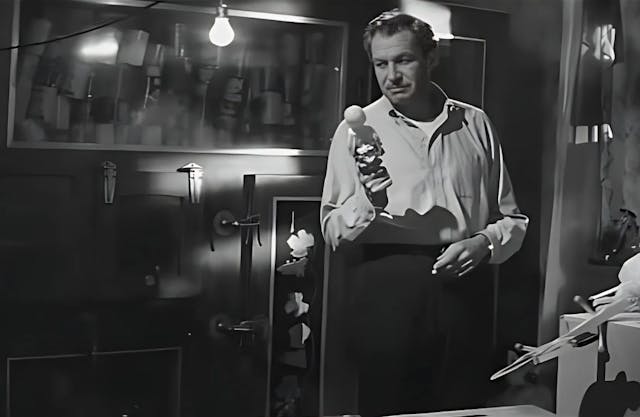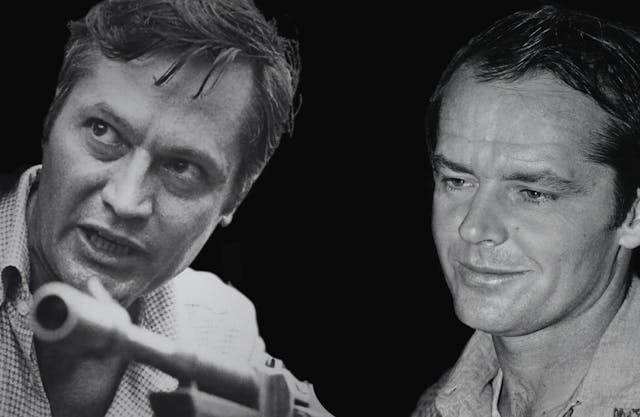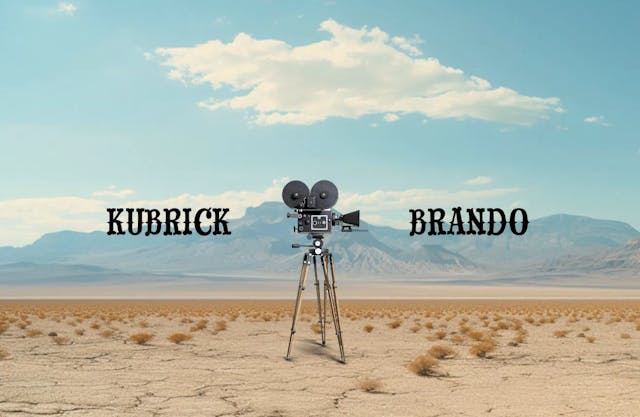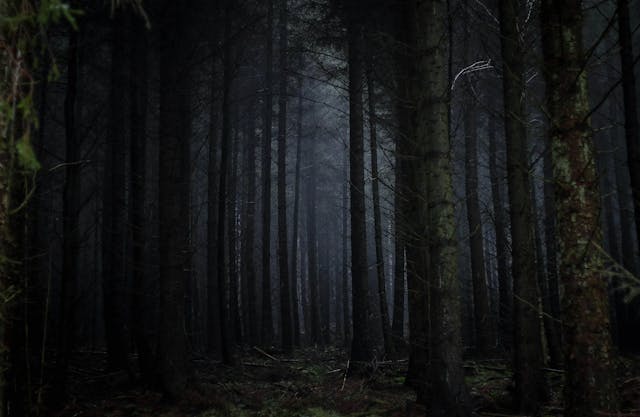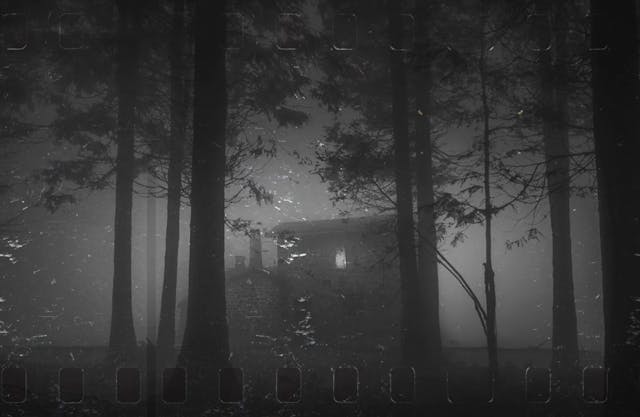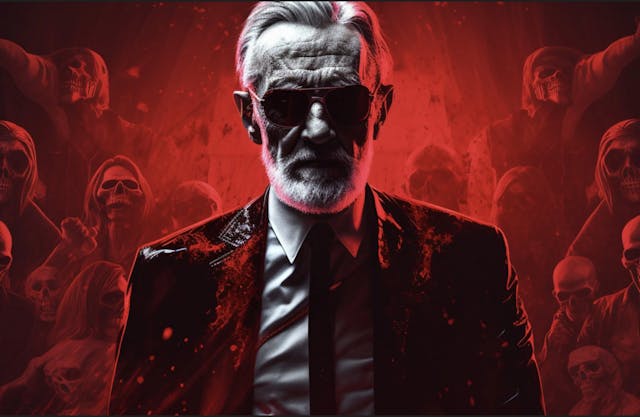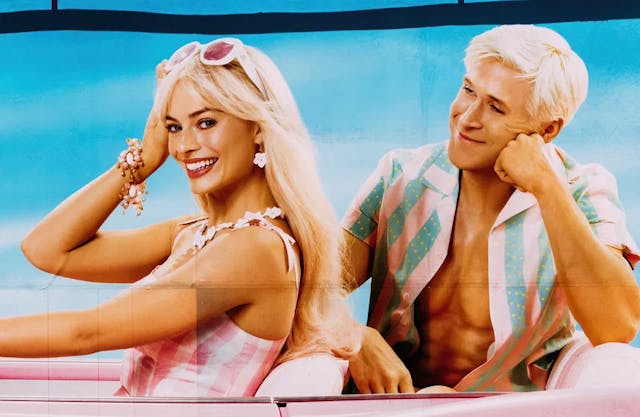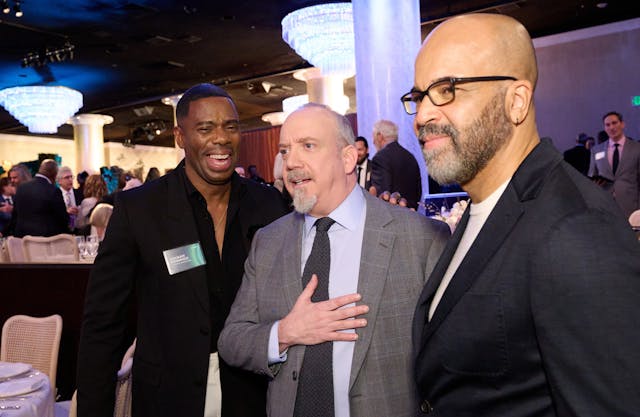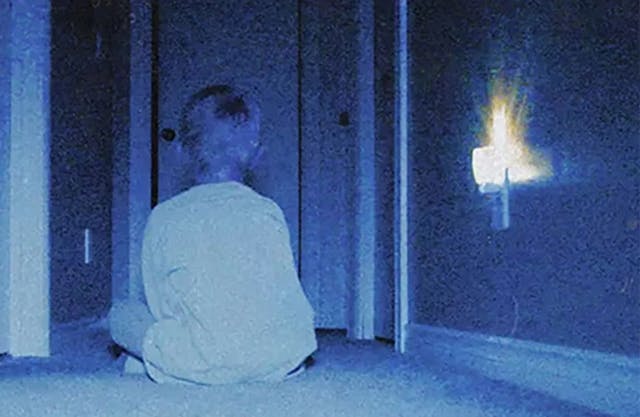
What is a cult classic movie? As the “cult” part hints, it’s a film that awakes profound devotion in a small but enthusiastic audience. There is a redemptive quality in this. It usually applies to disreputable products that go against the reigning concepts of quality and good taste. They might begin their lives as critical and economic failures. The mainstream hates them or, worse, ignores them. But we, who know better, love it. Maybe they are just too odd. They are more at ease at the Art House than at the Multiplex.
A Brief and Incomplete Taxonomy of Cult Movies
Some fall into this category by sheer chance. They can be the work of a well-established filmmaker who fumbles. That would be the case of Joel & Ethan Coen’s “The Big Lebowski” (1998), considered a failure upon release. We love to tear down our Gods, and some of us are ready to reclaim them as martyrs of art or misunderstood geniuses. We embrace their alleged failures, revealing them to be a misunderstood success.
It may go gleefully against the status quo as a revolutionary refusal to conform to a good society. Think of anything done by John Waters, from "Mondo Trash" (1969) to "Polyester" (1981) - one could argue that starting with "Hairspray" (1988), the mainstream caught up with Waters and absorbed him. Still, he remains the best director of cult classic movies and a low budget film powerhouse. And he just got a star on Hollywood's Walk of Fame!
Cult comedies can be intentional or accidental. Some carry with them a carnival-like dynamic into repertory screenings. Think of how "The Rocky Horror Picture Show" inspired people to dress up like the characters, quote lines back at the screen, and dance the time-warp on the aisles. Such a thing would be unbearable in a regular show. Can you imagine people singing "Both Sides Now" in unison with Emilia Jones in the Academy-Award-winning sensitive indie drama "CODA" (2021)? Yeah, me neither. But there is something so right about singing along to Tim Curry as he basks in the joys of being a "sweet transvestite from transexual Transylvania."
Cult classic movies are here to stay. You could build an argument around how Greta Gerwig’s massive hit “Barbie” is a studio product carefully constructed to exude cult energy. I would not be surprised if sing-along screenings began to pop up once the movie ended its premiere theatrical run. That might be one of the most unexpected strains of cult moviegoing. Even a stodgy classic like “The Sound of Music” (Robert Wise, 1965) gains a patina of madness when you project subtitles to the songs so the audience can join Julie Andrews as she sings about how the hills are alive with the sound of music. I attended one of such shows at the hallowed Castro Theater in San Francisco, surrounded by adults dressed as the Von Trapp kids in full curtain-fabric regalia. What can I tell you? It was delightful.
Your life can only improve once you get on the cult bandwagon. Here's a list of cult classic movies that can give you a taste of this diverse, fascinating dimension of cinephilia. Trust me, it will leave you wanting more.
The Little Shop of Horrors
We recently sang the praises of Roger Corman as a pioneer of indie filmmaking, thanks to the documentary “The Pope of Pop Cinema.” He directed dozens of low budget quickies, including this bizarre comedy about Seymour (Jonathan Haze), a shy flower shop assistant who gets romantic advice from a carnivorous plant. Soon enough, he ends up feeding Audrey Jr. - named after his paramour - by killing a cast of unsavory characters. The menu includes a very young Jack Nicholson as the masochist client of a sadistic dentist. No amount of body parts can stop Audrey Jr. from screaming, “Feed Me!”.
The strange trajectory of “Little Shop of Horrors” speaks of the malleability of cult movies. Without the inflexible patina of respectability, other artists feel free to appropriate the material and make it their own. Most classic horror films are cult-adjacent. In 1982, Alan Menken and Howard Ashman - who would go on to win Oscars for Disney’s “The Little Mermaid” (1989) and “Beauty and the Beast” (1991) - premiered a stage rock musical based on the movie. Four years later, a film adaptation directed by Frank Oz premiered - fresh off his run as one of the creators of “The Muppet Show” -. Rick Moranis, John Candy, Steve Martin, and Bill Murray in the role originated by Jack Nicholson turned it into a cult movie in its own right. The evolution of this IP anticipates the road taken by John Waters’ “Hairspray,” which ended up with a larger cultural footprint and a large box-office bounty.
Watch "The Little Shop of Horrors" free on Popflick.

Night of the Living Dead
Horror is the bread and butter of cult cinema. Mr. Corman himself did a series of wildly popular Edgar Allan Poe adaptations starring Boris Karloff - it helped that Poe's oeuvre was free for the taking, in the public domain -. You can see them now in the Criterion Channel, part of their "Grindhouse Gothic" collection. The period trappings made these movies somewhat "respectable" for larger audiences. A young whippersnapper, George Romero, changed course and brought horror back to the present with "Night of the Living Death," unleashing the mythical zombies in counter-culture America. An undeniable political edge enlivens the movie, with the monsters as agents of chaos released to devour Middle America. Or perhaps they are avatars of a past that will not die and will eat you alive if they get the chance.
The cult credentials of this classic are not necessarily in the avalanche of sequels and homages it inspired but in the sturdiness of its chills. Even in recurrent viewings, knowing what's coming - and how - retains the power to shock. Romero's zombies are slow but relentless, as opposed to the virtual track stars of today. The trick is, when you see them slowly approaching, they give you time to be afraid. The cast of "Night of The Living Dead" includes a true star of cult classic movies. Duane Jones went on to star in the blaxploitation vampire low budget movie classic "Ganja & Hess" (1973) and Art House favorite "Losing Ground" (1982), the only film by groundbreaking African-American filmmaker Kathleen Collins.
Watch "Night of the Living Dead" free on Popflick.

One-Eyed Jacks
A particular strain of cult movie looks like a prestige product. Heck, they usually start as prestige pictures, but unforeseen circumstances on the road to the screen make them films maudits, that is, cursed productions that could not turn out well. Once the dust of box-office failure settles, a little time must pass before audiences and critics reevaluate and reclaim it as a work of misunderstood genius.
That is the case with “One-Eyed Jacks.” Fresh off the success of his salvage operation of “Spartacus” (1960), Stanley Kubrick was enrolled to direct Paramount’s production of a script whose cadre of writers included Sam Peckinpah and Rod Serling (yes, Mr. Twilight Zone himself). Alas, Kubrick and star Marlon Brando did not see eye to eye. The actor had more clout, so Kubrick hit the road towards better things. Brando convinced the studio to pass him the reins of the project. The brilliant actor went over-scheduled and over budget and delivered a five-hour preliminary cut. The suits cut the movie in half and wrote it off as a loss. Charles Lang’s cinematography earned an Oscar nomination, but Brando’s reputation - and the movie’s - seemed tarnished without remedy.
It took a while for the movie to earn the title of unsung masterpiece. The Library of Congress included it in the National Film Registry in 2018. Martin Scorsese and Steven Spielberg were involved in the restoration process. Regretfully, Brando did not live to see the world coming around on his directorial debut. He died in 2004 without having directed any other movie. We went long on the convoluted story of this maligned classic in a special blog post.
Watch "One-Eyed Jacks" free on Popflick.
The Unnaturals
Eurotrash sounds dismissive, but take it as a descriptor, not a disqualification. If your foreign film diet is stylish, critically acclaimed Art House fare, you might think every European movie is tasteful, sensitive, and fit to show to Grandma. Well, think again! They can be as messy, sick, and bawdy as their American counterparts.
We have a tasty example in The Unnaturals, a thriller by Italian journeyman director Antonio Margheriti. He did time in the Italian industry wearing many hats - he did the special effects in Sergio Leone’s “Duck, You Sucker!” (1971). He went on to direct, using the artistic name Anthony M. Dawson - making audiences think they were watching American movies was a thing back there. They would also change the name to sell it as such in other territories. Nobody watching “The Unnaturals” would confuse it for an American picture. The dubbed dialogue, feverish camera movements, and less-than-stellar effects are far from Hollywood studio fare, or Poverty Row, for that matter.
Alas, it has its charms. The movie follows a dissolute group of British aristocrats stranded in a ruinous castle on a stormy night. The two women in the group tease around a lesbian affair while the men get entangled in a plot to snatch away a fortune. Things come to a hysterical halt when their accidental hosts take them into participating in a seance. Of course they would! Things don’t quite make sense, but the hothouse atmosphere and creepy undertones make it a provocative entertainment. Check our German actress Marianne Koch (A Fistful Of Dollars) in an unexpectedly tawdry role.
Night of the Blood Beast
Even since Universal Studios made a mint in the 30s with their classic monster movies, the “creature feature” became a studio staple. But all good things must pass. By the time “Abbott and Costello Meet Frankenstein” (1948) came along, they were a joke. Indie production companies kept the horrors going. Yes, their efforts can look ludicrous to modern eyes - granted, they were subject to scorn in their day - but they can be fun as hell. They also channeled anxiety towards technology during the space age and beyond, so you might even say they are therapeutic.
As far as Roger Corman movies go, this one is a doozy. After a mission in outer space, an astronaut dies upon reentering Earth's atmosphere. But there is life in his body. His dead body is polluted with growing alien lifeforms, reproducing rapidly and aiming to take over the planet. You can laugh at the premise or bask in how it feeds off homosexual panic, exploring the idea of gestating males. This is the kind of thing only a cult movie can get away with. "Night of the Blood Beast" was directed by Bernard L. Kowalski and produced by Roger Corman. After his brief stint at Corman's operation, he became a prolific TV director. Name a popular series from the '60s to the 2000s; chances are he did an episode or two.
Messiah of Evil
This underseen horror gem is like a crash course in aesthetics and home decor in the early seventies. Funky murals! Hanging beds! Bell-bottoms! But don't feel too superior. Today's cool is tomorrow's kitsch. What matters is the tale, and "Messiah of Evil" tells a killer one. A girl called Arletty (Marianna Hill) drives to the remote town where her father, a retired painter, has sought refuge. He goes into radio silence after a string of disturbing letters hinting at an evil cult assembling to await the red moon that will bring their Messiah of Evil back to Earth. The craziest thing is that Dad was not kidding. Soon, Arletty and the friends she picks along the way are running for their lives in supermarkets, movie theaters, and other symbolic spaces of late XX-century capitalistic complacency. You have to see it to believe it. Read our full review.
The Last Man on Earth
Like many stars in the '60s, Vincent Price found that work in studio films became scarse for him. The rough patch turned out to be a bonanza for genre fans. This is why he starred in those amazing low-budget Roger Corman Poe adaptations. He also crossed the Atlantic to Europe, taking on lead roles in fascinating facsimiles of Hollywood production. "The Last Man on Earth" (1963) is a prime example of this particular strain of cinema. Price stars as Robert Morgan, a scientist who seems to be the only survivor of a bizarre plague that left pretty much all of humanity converted into a hybrid of vampires and zombies. If the plot seems familiar to you, it's not by accident. The original Richard Matheson novel that serves as the basis for the script also inspired "The Omega Man" (1971), with Charlton Heston, and the Will Smith blockbuster "I Am Legend" (2007). Despite their popularity, those hits don't hold a candle to the eerie atmosphere of this Italian production.
Want to get an email when we publish new content?
Subscribe today